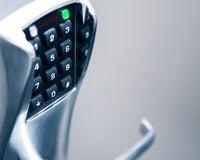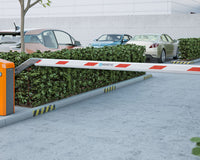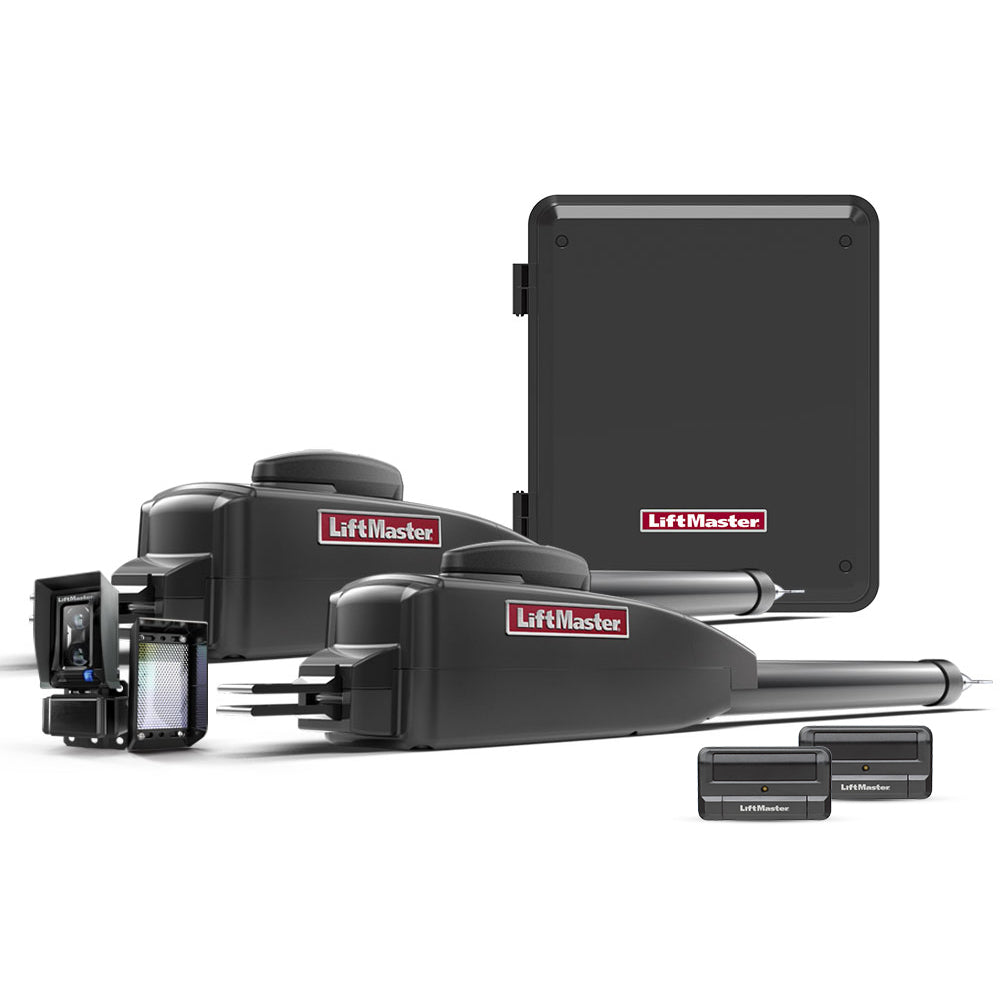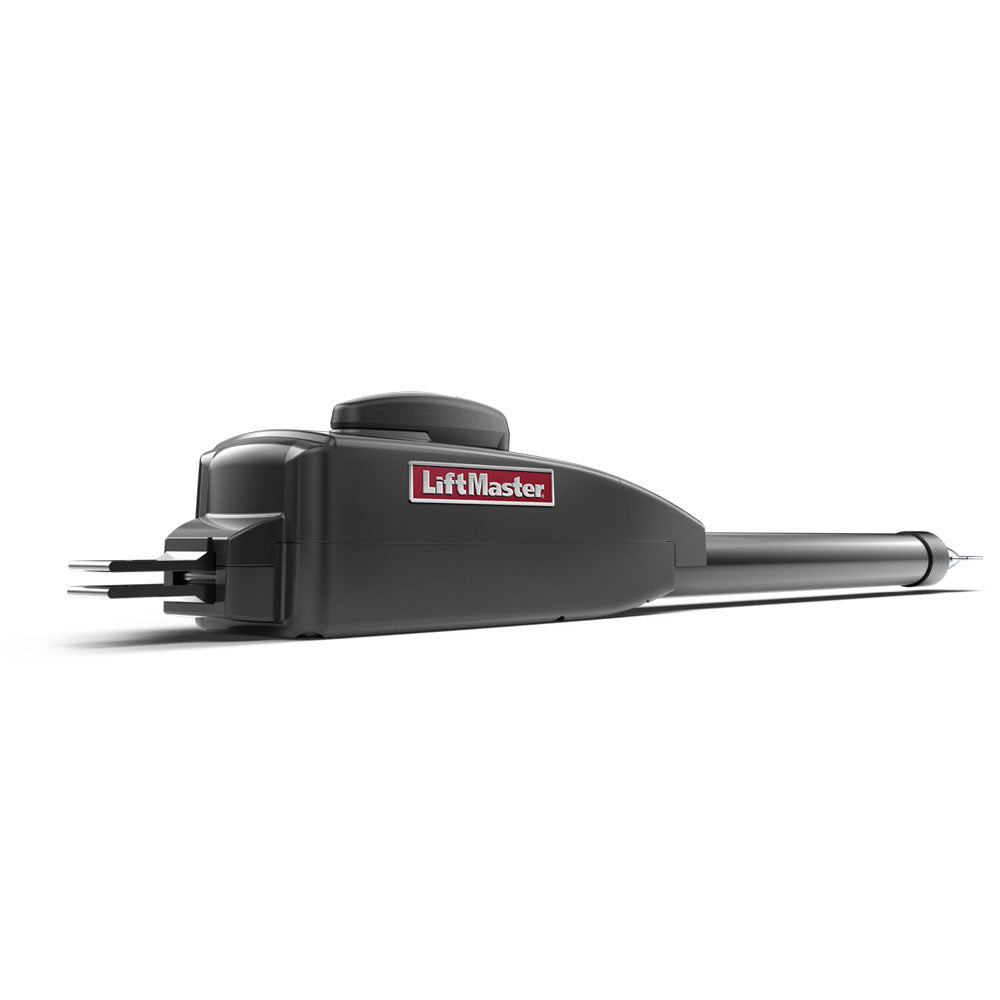Let’s talk about safety peripherals, those necessary pieces that tend to complicate our lives during service and installations. First there are the loops; they come in several types. The “Free Exit” loop, this is pretty much self-explanatory as it does exactly what it name implies, you drive over this loop which is located a fair distance from the gate or door on the inside of the property and it sends a signal that triggers the OPEN contact on the operator so you can exit… Nothing out of the ordinary here! Then there is the “Safety /Re-Open” loop which will reopen the gate or door and reverse it to full open when the loop is tripped while the gate or door is closing… The purpose of this is to prevent the gate or door from pinching or crushing anything while the gate is ‘closing’!
Not far behind you have the “Close / Hold” loop, this little lady will trigger a close signal after it has been cleared, if tripped once the gate or door has started closing, it will stop the operator but not reverse it to reopen, upon the loop clearing the operator will then continue to close the gate or door. Now here come the tricky ones… The “Shadow or Center” loop… These are used on swing gates to prevent the gate from closing on a vehicle that is standing in the way of the path of the gate. Once this loop is cleared and the gate begins to close this particular loop becomes inactive and does absolutely nothing to stop or reverse the gate until it is fully open again. And then there is the “UL” loop. This type of loop is seldom used and the reason is that once tripped it disables the operator from moving either to open or to close, this loop is used in place that the gate has the possibility to strike a vehicle when in motion… for example in turn arounds that are dangerously close to the entry or exit gates, this loop prevents the gate from moving if there is a vehicle parked in a spot that the gate can hit it. The size of the loop determines the coverage of the loop, but did you know that the best way to calculate how high a loop will read is to divide the shortest side by two and it will tell you the height you can cover, for example a 6’X10’ loop will read a tractor trailer with no more than 3’ tall undercarriage? So be aware of the height of the coverage you will need so that your loops stay constant and dependable. Also when you cut them in, make sure that you add the backer rod and seal the asphalt or concrete correctly to avoid damaging the loop wires and to preserve the asphalt or concrete.
Shall we indulge in the other safety peripherals as well? How about the Photo Cells… granted that it is fun having the new guys try to align them (more entertaining than watching a 5 year old having a conversation with Siri on your i-Phone) but they do serve a purpose. For example, this is the perfect piece of equipment to use as a safety to prevent gates from closing on vehicles and specially from preventing barrier arm from decapitating cyclist and motorcycle riders… there are two types of these devices, the “emitter / receiver” or the “reflective”. I think that these are self-explanatory but just in case the reflective is a transceiver system that emits an infrared light which reflects off a mirror and project back to the same unit, when this beam is blocked the photo cell triggers a relay. The other one requires an emitter which send a beam of infrared light to the receiver, when this signal is blocked and the receiver gets no IR signal the photo cell receiver triggers a relay.
Last but not least is the “Sensing Edge” or “Miller Edge”, this neat piece of equipment has two contact strips inside a rubber tube, that when struck or crushed creates a short closing the contact for a safety/reverse input on your operator… Most commonly used on commercial and multifamily overhead garage doors and sliding gates to prevent cars, pedestrians and pets from getting crushed or pinched by the gates. These are all viable safety peripherals that we do carry and on average keep in stock, but you will have to check with your local municipality and abide by their codes Have questions regarding our loops?











